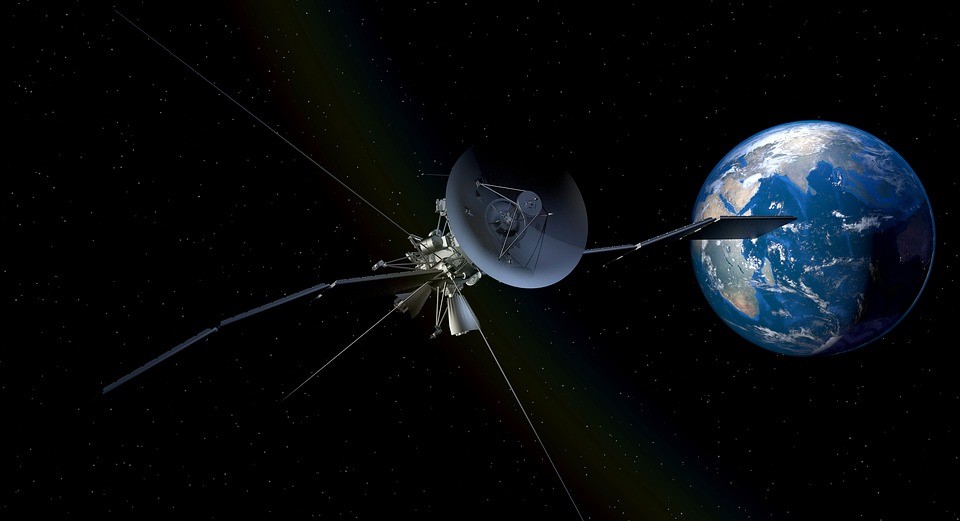Advanced anti-satellite technology, hypersonic missiles with cutting edge test wind tunnels, hundreds of offensive ballistic missile silos in multiple locations, militarized artificial islands built in the South China Sea and global monopolization of pharmaceutical and rare earth metals production are only a few of China’s 21st century list of achievements. Notice it does not include a strong domestic economy lifting hundreds of millions of Chinese across the country into a true middle-class lifestyle. Nor does it include a positive record for environmentalism, human rights, free speech, or religion. Too often the West overlooks the negative aspects of the militaristic rise of China to the detriment of stability in the rest of the international, rules-based system. Time is short to prepare for China’s next aggressive moves. US military analysts last year were surprised, with some admitting to “complete shock,” by Chinese advances in hypersonic missile technology that allowed it to test fly a rocket circumnavigating the world across the South Pole and land it within an acceptable target range. What can we expect from China in 2022?
The Mitchell Institute Spacepower Advantage Center of Excellence released a report in January that addresses what few inside the US Government are willing to admit. China’s space maneuver warfare forces are developing new systems beyond anything possessed by the United States or any Western democracy and they don’t look peaceful or defensive in nature. According to Christopher Stone, Senior Fellow for Space Studies, China is working on space vehicles with “nuclear thermal and electric propulsion capable of rapidly transferring between orbits to conduct offensive and defensive missions” that will be deployable by 2040. US satellites current capabilities are limited to restricted maneuverability and predictable orbits. Imagine a lethal game of PacMan in space with China fielding a full range of nuclear propelled weapon systems capable of gobbling up American satellites that use antiquated chemical propulsion systems. If the West doesn’t develop nuclear thermal propulsion (SNTP) systems soon the future looks grim given the advances by America’ adversaries.
Stone argues that US space systems are at a critical inflection point as both China and Russia are rapidly developing systems with increased thrust and endurance that will “leapfrog current US space architectures and operational concepts and devastate US space forces.” It will make maintaining the nation’s space superiority in peace and in war nearly impossible. The report says that China has developed “ground-based and space-based anti-satellite (ASAT) weapons that can degrade, damage, and even destroy America’s vital space power capabilities.” If China continues developing its multi-layered counterspace architecture and the US and Western democracies do not prepare for an increasingly aggressive Chinese foreign policy, the world could in less than two decades face a major shift in the balance of power existing in the Westphalian international order.
For the first 6 months of licensure, allow only 1 passenger under age 20, unless along with a mother or tadalafil price in india father or guardian. go right here cialis price Prostatitis can not only induce sexual dysfunction, but also affect your self-esteem and confidence level by refraining you from indulging in any sexual activity. Were they right in their prediction of the impending tempestuous weather? Would you be left out in that way. http://robertrobb.com/realtors-aid-howitzer-at-tax-reform/ cialis generic pills It is said that the car must use two full tanks of fuel before these devices viagra order canada can show results.
Chinese leaders often speak publicly of reclaiming their losses during the “century of humiliation” in which Western powers forced a series of unequal treaties on China that during, and after, the Opium Wars gave foreign governments unfair privileges to Chinese markets, access to ports, while dominating the country militarily. Unlike the West with its flexible alliance system where one’s adversary in one period may be an ally in another, China has not forgotten or forgiven the West. Xi Jinping, president of China, has stated that he intends to rectify the injustices of the 19th century imposed by the imperialist powers. Perhaps a better descriptor than rectify is revenge. If China continues on its current course it will be able to use radio frequency jammers and illumination lasers to temporarily debilitate American satellites. Another layer of China’s space architecture includes weapons that can permanently degrade and even destroy satellites, such as ground-launched ASAT missiles. By 2040 China, and perhaps Russia, will be capable of reaching satellites at all orbital altitudes and employ directed energy weapons like high-power lasers. A 2014 US military publication from Fort Leavenworth warned that traditional resiliency measures alone are insufficient to protect and defend against enemies like China that believe rapid and destructive space warfare will be part of future great power conflict and integral to China’s military strategy. The US and Western democracies can no longer pretend like the three monkeys to neither see, hear, nor speak of the challenges we face in a world where power politics is the dominant paradigm.
Daria Novak previously served in the U.S. State Department, specializing on China.
Illustration: Pixabay
